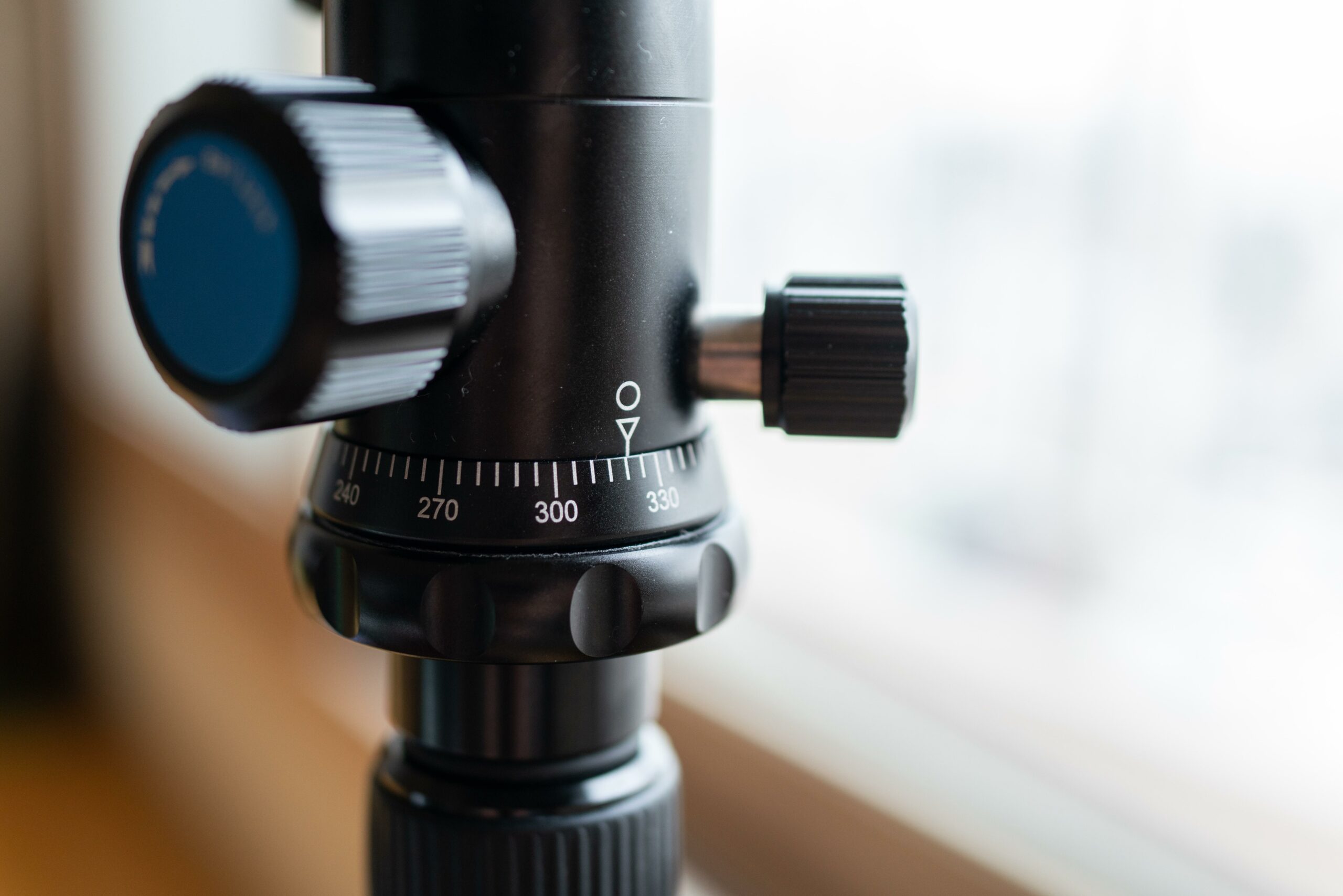Are you prepared to explore the realm of microbes and unveil its concealed mysteries? There is no need to look further! This article will undertake a stimulating exploration of the fundamental applications of microscopes. By examining the intricate structures of cells and the microscopic organisms that shape our world, we shall investigate the innumerable ways in which microscopes bring about revolutionary changes in a multitude of disciplines. Therefore, don your lab coat and prepare to learn how these extraordinary instruments contribute to the advancement of knowledge in fields such as materials science, biology, and medicine, among others. Anticipate awe-inspiring applications of microscopes that will fundamentally alter your perspective of the world.

Uses Of Microscope
Magnificent instruments like microscopes have fundamentally altered our comprehension of the microscopic realm. They provide access to information that would otherwise be imperceptible to the unaided human eye, thereby expanding the domain of scientific investigation. In the pursuit of knowledge advancement across a wide range of disciplines, microscopes have become essential tools, spanning from materials science to ecology and biology to forensics.
An essential function of a microscope is to scrutinize entities that are imperceptible to the unaided human eye. It is possible to magnify and examine in depth cells, tissues, viruses, and even atoms, which illuminates their complex structures and functions. Through the process of deciphering the enigmas of the microscopic realm, researchers have achieved revolutionary breakthroughs and expanded the limits of human understanding.
To solve crimes, forensic science heavily depends on the application of microscopes. Through meticulous examination of forensic evidence, including but not limited to blood, hair, fingerprints, and fibers, investigators are capable of discerning potential suspects and constructing a robust case. The utilization of microscope analysis in criminal investigation has been a revolutionary development that has significantly contributed to the administration of justice.
Additionally, microscopes are indispensable in the medical profession. Through the examination of the functions of pathogens, proteins, and organelles within cells, scientists are able to enhance their understanding of disease mechanisms and formulate efficacious treatments. By enabling us to examine the intricate workings of the human body, microscopy aids in the prevention and treatment of numerous diseases.
The manipulation of atomic structures in order to generate novel materials is a function of materials science microscopes. Through careful observation and manipulation of atomic arrangements, scientists are capable of engineering materials to possess extraordinary qualities such as conductivity, flexibility, and strength. The development of novel materials in this domain has brought about a paradigm shift in industries and technologies on a global scale.
In addition, microscopes serve as indispensable instruments in the evaluation of ecosystem health. Through the observation of microorganisms and their diversity, researchers are able to acquire valuable knowledge regarding the functioning of ecosystems and the overall health of the environment. By revealing the concealed realm of microorganisms, microscopy furnishes us with vital data that is indispensable for the conservation and safeguarding of our natural habitats.
There are numerous varieties of microscopes, each with its own benefits and applications. Light microscopes are frequently employed in the fields of biology and medicine due to their affordability and straightforward design. In contrast, electron microscopes employ electron beams to provide significantly enhanced magnification, enabling the observation of minute intricacies within materials and cells. Scanning electron microscopes (SEMs) facilitate the examination of the intricate surface structures of objects through the provision of three-dimensional images.
In conclusion, microscopes have significantly transformed scientific inquiry in numerous disciplines and are therefore indispensable instruments. By exposing the concealed realm of the microscopic, their capabilities have facilitated the resolution of criminal cases, the creation of novel materials, and the preservation of the environment. Through the utilization of observation and magnification, microscopes have significantly expanded the realm of human understanding, thereby facilitating the exploration of uncharted territories. Microscopes enable us to perceive the intangible and gain an unprecedented comprehension of the world, whether we are investigating the intricacies of ecosystems or the enigmas of cells.
“The key to uncovering the secrets of the microscopic world is a microscope.”
“Disclosure is being revealed as a previously concealed realm.”
Science has been profoundly transformed by microscopes, which enable us to investigate the captivating domain of the microscopic. Those with an insatiable curiosity for the mysteries concealed in the smallest of details will want to examine the following astounding information regarding the microscope: Investigate optical marvels and explore the domain of scientific inquiry. To uncover these mind-blowing facts about the microscope, simply click here: facts about the microscope. Prepare to be amazed as you unravel the mysteries of the microscopic world!
Do you ever wonder about the incredible applications of microscopes? Microscopes play a crucial role in various fields, including biology, research, and many more. One intriguing aspect is the use of microscopes in biology, where they enable scientists to explore the hidden world of cells and organisms. By clicking on this link, you can delve into the fascinating world of biology and discover how microscopes revolutionize our understanding of life: microscope usage in biology.
In addition, the importance of a microscope in research cannot be overstated. Scientists rely on microscopes to observe and analyze minute details, uncovering the secrets of the universe. Click this link to learn more about how microscopes are indispensable tools in advancing research and discovering groundbreaking insights.
Moreover, microscopes open up a realm of endless possibilities, highlighting the diverse applications of microscopes. From studying various specimens to examining materials in forensic investigations, these instruments have transformed countless fields. To explore the exciting world of microscope applications, click here: applications of microscopes.
Each click on these engaging links will offer you a chance to delve further into the captivating discoveries and contributions made through the utilization of microscopes. Happy exploring!
Microscopes: Exploring the Unseen World
Through the ability to observe the imperceptible, microscopes have fundamentally altered scientific knowledge. Strong instruments employed for the examination of objects at the microscopic level reveal the complex structures and functions of said objects. By allowing us to examine everything from atoms and viruses to cells and tissues, microscopes grant us access to the concealed universe that surrounds us.
Microscopes have been implemented in a multitude of academic disciplines. They play an indispensable role in forensic science by analyzing evidence and solving offenses. Microscopes are utilized by medical researchers to examine diseases and create effective treatments. Microscopes aid in the manipulation of atomic structures in materials science, which ultimately results in the development of novel materials.
The light microscope, one of the most prevalent types of instruments, finds extensive application in the fields of biology and medicine. Light microscopes generate images through the utilization of light, wherein distinct variations offer varying degrees of magnification and resolution. It is crucial to perceive these terms in order to grasp the operation of microscopes.
Through the process of magnification, an object is enlarged, enabling us to observe it with greater clarity. When one considers microscopes, magnification is frequently the initial concept that enters their consciousness. However, resolution is an additional critical term. Resolution pertains to the capacity to differentiate between two entities, guaranteeing that they manifest as distinct entities as opposed to merging. This is particularly critical when scrutinizing minuscule structures.
Lenses are utilized in light microscopes to attain magnification. Compound microscopes are composed of an objective lens and an ocular lens collectively. These lenses operate in conjunction to enhance the specimen’s overall magnification. By modifying the lenses and employing distinct objectives, various degrees of magnification can be attained.
Proficiency in the operation of a light microscope is critical for conducting effective microscopy. Listed below are the essential steps:
- In order to set up the microscope, position a specimen on the stage.
- Make adjustments to the focus and illumination levels by utilizing the coarse and fine focus knobs.
- To manipulate the slide and investigate the specimen, utilize the stage controls.
- Increasing the magnification requires the uhigher-powerive lenses with a greater power.
- If required, cleanse the lens to guarantee a clear image.
- After use, the microscope should be stored properly to preserve its functionality.
Noting that microscopes provide countless opportunities for investigation and discovery is essential. Within the domain of life sciences, microscopes serve as valuable instruments for investigating phenomena such as stomata on plant leaves and mitosis in the ends of onion roots. By observing the reaction of aquatic plant cells to varying salt concentrations, they also contribute significantly to the understanding of osmosis.
Scientific research has been genuinely transformed by microscopes, which have also expanded the limits of human knowledge. By utilizing their lens, we can discover an entirely new world and acquire a more profound comprehension of the intricate nuances that comprise our universe.
In order to fully grasp the importance of microscopes, it is imperative that we abandon our skepticism and persist in investigating the marvels they unveil. Unveiling the enigmas of the microscopic realm or contributing to medical advancements, microscopy’s power is indisputable. Consequently, let us explore the obscure and reveal the latent mysteries that reside beneath the exterior.
“Microscopes open up a whole world that you cannot see with the naked eye.”
FAQ
What are the primary applications of microscopes?
Microscopesbjects, including cells, tissues, viruses, and atoms, which are too small to be perceived by the uneye,ed eye, can be observed through the use of a microscope. Additionally, forensic investigations utilize them to analyze evidence such as hair, blood, fingerprints, and fibers. Disease research is significantly advanced by means of microscope analysis of the function of pathogens, organelles, and proteins within cells. Furthermore, their application extestructuresmanipulation of atomic structures to generate novel materials, as well as the assessment of ecosystem health through the observation of microbe diversity and abundance.
What kinds of radiation and lenses are utilized in microscopes?
Microscopesenses and beams are utilized by microscopes in order to detect and magnify structures that are becoming progressively smaller in size. Visible light, electrons, x-rays, and infrared rays are included. Through the utilization of diverse lenses and beams, microscopes are capable of capturing images that offer invaluable insights into an assortment of specimens and samples.
In which disciplines are microscopes indispensable instruments?
Microscopese indispensable instruments in a variety of scientific disciplines, such as ecology, forensic science, materials science, and biology. They are utilized in biology to investigate organelles, tissues, and cells, thereby contributing to the development of vaccines and treatments for infectious diseases. Forensics employs microscopes to scrutinize and assess forensic evidence, the utilization of which may prove indispensable in the resolution of criminal cases. Material scientists fabricate novel substances through the manipulation of atomic structures using microscopes. In addition, microscopes are indispensable tools in the field of ecology as they enable researchers to scrutinize the diversity and behavior of microorganisms, thereby furnishing valuable perspectives on the functioning of ecosystems and the overall state of the environment.
What contribution do microscopes make to the investigation of cells and organelles?
Inscopes are employed within the discipline of histology to examine and analyze cellular structures. These instruments empower researchers to scrutinize the form and attributes of cells and their organelles, thereby facilitating investigations and advancing knowledge of cellular processes. Through the utilization of microscopic examination of cells and organelles, researchers are able to acquire profound understandings of a multitude of cellular mechanisms and processes. Such insights play a pivotal role in the advancement of therapeutic interventions and the comprehension of diseases.
What varieties comprise the various sorts of microscopes?
Microscopes can be categorized into diverse varieties according to the characteristics of their imaging techniques and their operational capabilities. Scanning electron microscopes, light microscopes, and electron microscopes are all prevalent varieties of microscopes. Light microscopes magnify and observe samples using visible light, whereas electronhigher-resolutionoy electron beams to produce images with a higher resolution. SEMs are capable of producing three-dimensional images of the surface of a sample. Every variety of microscope possesses distinct merits and uses, accommodating various scientific imperatives and research demands.
- Mastering Leader in Spanish: The Complete Guide - April 19, 2025
- Uncovering Surprising Parallels: England Size Compared to US States - April 19, 2025
- Old Mexico Map: Border Shifts 1821-1857 - April 19, 2025
















